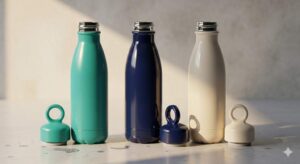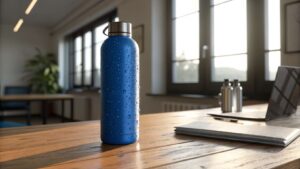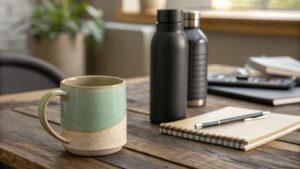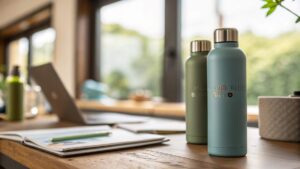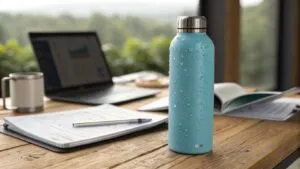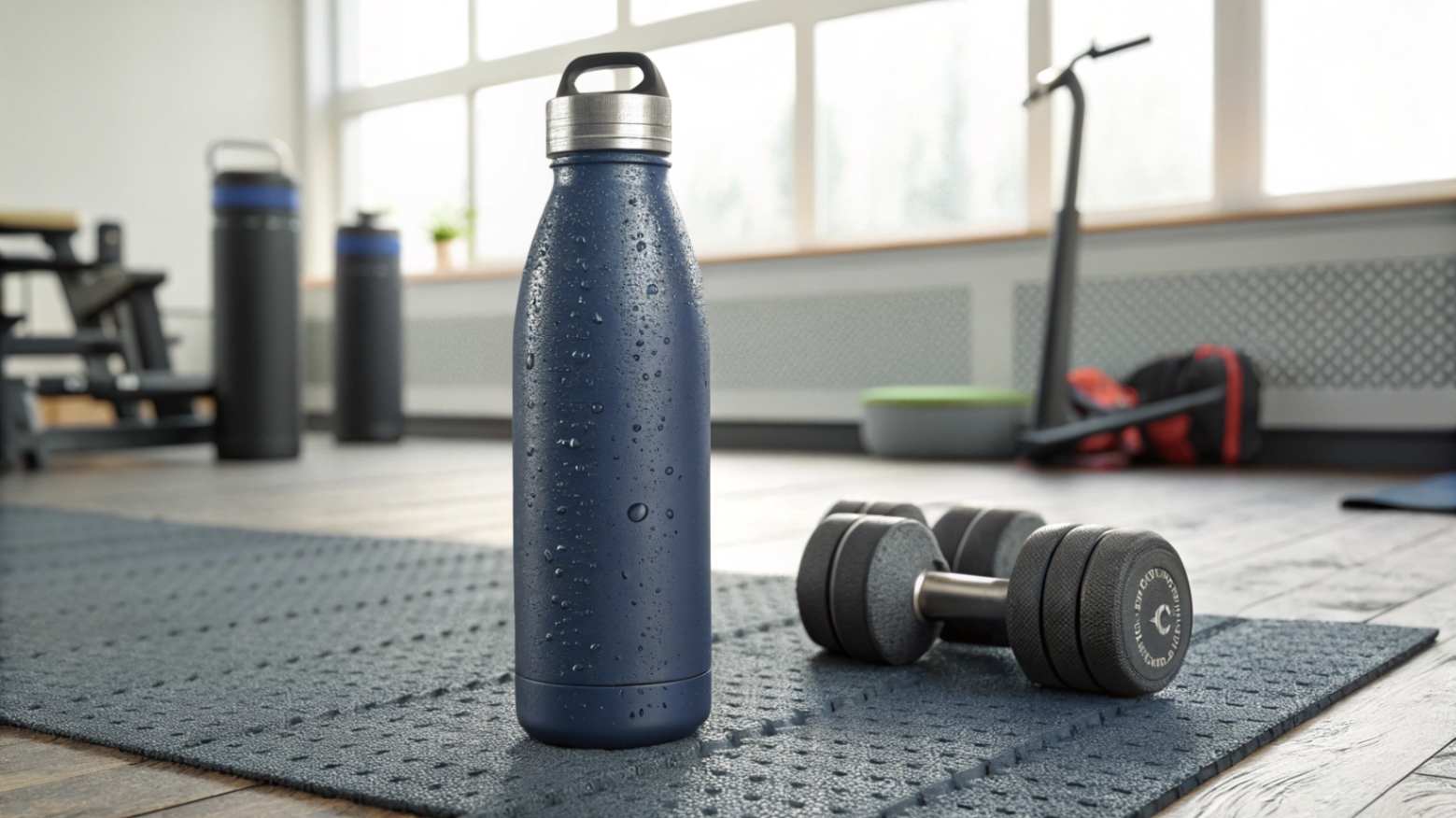
The best stainless steel sports water bottles are made from food-grade 304 (18/8) or 316 stainless steel, feature vacuum insulation for temperature retention, have leak-proof lids with convenient drinking mechanisms, and balance durability with portability for active lifestyles.
I've been in the stainless steel water bottle manufacturing business for over a decade, and I've seen countless buyers struggle with these choices. The right bottle isn't just about looks—it's about safety, performance, and value. Let me guide you through what really matters when selecting a stainless steel sports water bottle.
Stainless steel sports bottles should have vacuum insulation and leak-proof lidsTrue
The article states these are key features of the best stainless steel sports bottles.
Stainless steel sports bottles come in a wide range of materialsFalse
The article specifies the best bottles are made from specific grades of stainless steel.
What are the three grades of stainless steel used in water bottles
Many buyers I work with are confused about stainless steel grades. With some manufacturers using vague terms like "food-grade" without specifics, it's easy to end up with an inferior product that could affect safety and durability.
The three main grades of stainless steel used in water bottles are 304 (18/8), 316, and 201. Grade 304 is the industry standard offering good corrosion resistance and safety at reasonable cost, 316 provides superior corrosion resistance for premium bottles, while 201 is a lower-quality option with reduced durability and potential safety concerns.
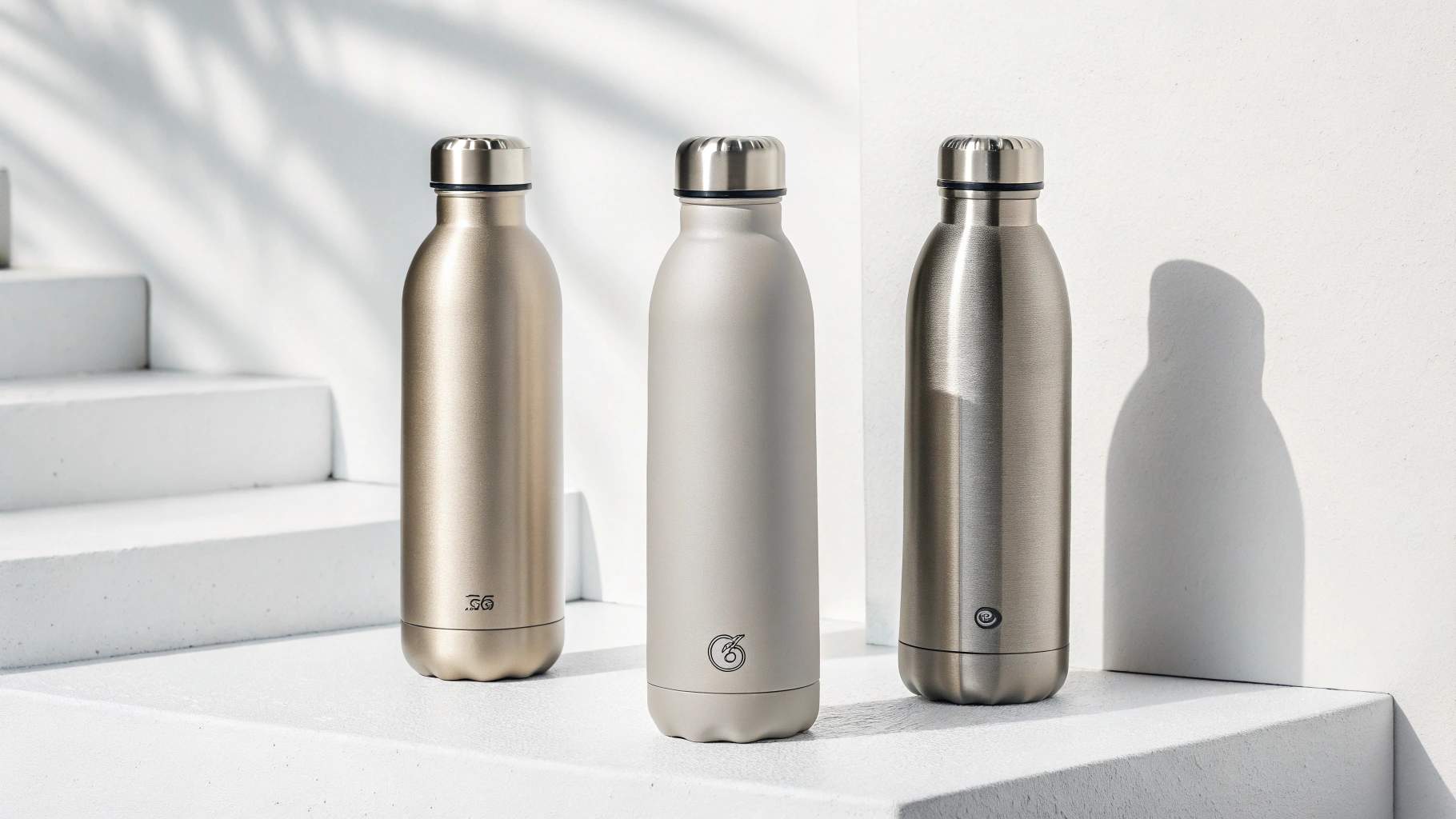
Understanding Stainless Steel Grades in Detail
When I consult with clients about their water bottle needs, I always emphasize the importance of material grade. Let me break down what each grade really means for your product:
Grade 304 (18/8) Stainless Steel
This is what I recommend for most standard applications. The "18/8" designation refers to its composition of 18% chromium and 8% nickel, which provides:
- Excellent resistance to everyday corrosion
- Good durability in normal use conditions
- Safe for all types of beverages
- Cost-effective for mass production
Grade 316 Stainless Steel
This premium grade adds molybdenum to the mix, which significantly enhances its properties:
- Superior resistance to acidic contents and saltwater
- Exceptional durability in harsh environments
- Ideal for premium products or specialized uses
- Higher cost (typically 15-30% more than 304)
Grade 201 Stainless Steel
I always caution buyers about this grade:
- Contains less nickel, replaced with manganese
- Significantly reduced corrosion resistance
- More susceptible to rusting and degradation
- Often used in low-cost products but not recommended for quality water bottles
| Stainless Steel Grade | Corrosion Resistance | Ideal Use Cases | Relative Cost | Safety Rating |
|---|---|---|---|---|
| 304 (18/8) | High | General use, everyday sports bottles | Medium | Excellent |
| 316 | Very High | Premium bottles, acidic beverages | High | Excellent+ |
| 201 | Low | Budget options (not recommended) | Low | Questionable |
When sourcing bottles for your brand, I always recommend requesting material certification to verify the actual grade used. In my experience, the small cost difference between 201 and 304 is well worth the significant improvement in quality and safety.
Grade 304 stainless steel is the industry standard for water bottlesTrue
The passage states that grade 304 stainless steel is the industry standard, offering good corrosion resistance and safety at a reasonable cost.
Grade 201 stainless steel is a premium option for water bottlesFalse
The passage states that grade 201 stainless steel is a lower-quality option with reduced durability and potential safety concerns, not a premium option.
What to look for in a stainless steel water bottle
I've had customers return bottles that leaked in gym bags or failed to keep drinks cold. These frustrating experiences could have been avoided by knowing what features truly matter in a quality stainless steel bottle.
When choosing a stainless steel water bottle, look for verified food-grade 304/316 steel construction, effective vacuum insulation with proven temperature retention, leak-proof lid design with convenient drinking mechanism, durable exterior finish, and appropriate size and weight for your intended use.
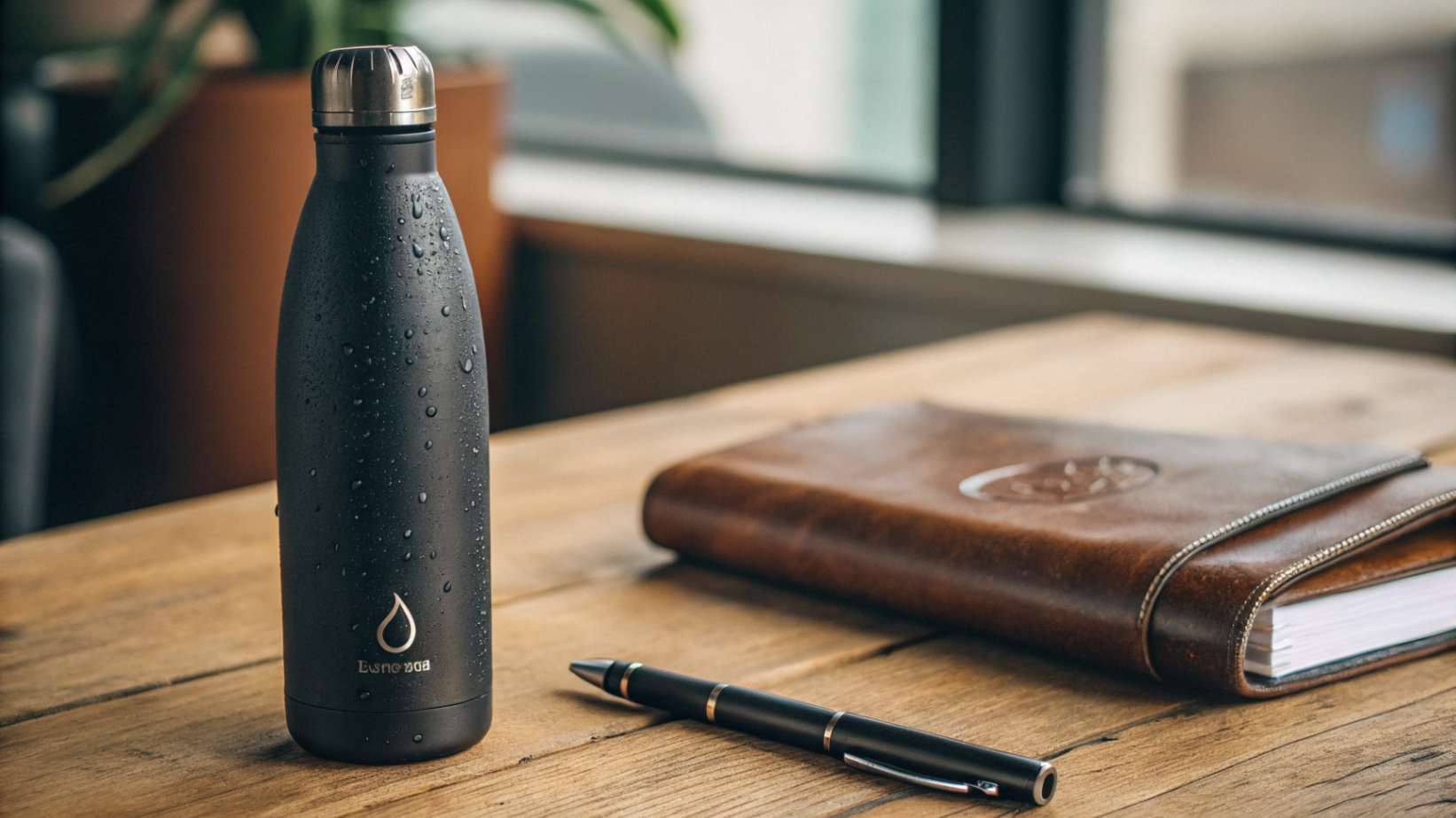
Critical Quality Factors Beyond Basic Specifications
After manufacturing millions of water bottles, I've identified several key factors that separate exceptional bottles from mediocre ones:
Insulation Performance Testing
Don't just accept vague claims about keeping drinks "hot or cold for hours." In our factory, we conduct rigorous testing:
- Hot water retention (starting at 95°C, measuring temperature after 6, 12, and 24 hours)
- Cold water retention (starting at 4°C with similar interval measurements)
- External temperature transfer (ensuring the outside doesn't get too hot or cold)
A quality double-wall vacuum insulated bottle should maintain hot beverages above 60°C for at least 6 hours and cold beverages below 10°C for 24 hours in standard conditions.
Lid Design and Functionality
The lid is often the most complex part of the bottle and the most likely point of failure. Key considerations include:
| Lid Type | Best For | Advantages | Potential Drawbacks |
|---|---|---|---|
| Screw Cap | General use | Maximum leak protection, simplicity | Requires two hands to open |
| Flip Spout | Active use | One-handed operation, controlled flow | More parts that could fail |
| Straw Lid | Gym, driving | Easiest drinking without tipping | Most complex, hardest to clean |
| Wide Mouth | Rapid hydration | Fastest flow, easiest to clean | More likely to spill during activity |
In our testing lab, we subject lids to thousands of open/close cycles and pressure tests to ensure they won't leak or fail prematurely.
Construction Quality Indicators
When I inspect bottles on our production line, I look for:
- Consistent, smooth welds at the bottom and around the mouth
- Even, gap-free assembly between the inner and outer walls
- Proper vacuum seal (indicated by resistance when attempting to compress the sides)
- Uniform coating application with no bubbles, runs, or thin spots
- Precise threading on the mouth for secure lid attachment
Safety Certifications and Testing
For bottles we export to international markets, we ensure compliance with:
- FDA food contact standards (US)
- LFGB certification (European standard)
- Proposition 65 compliance (California)
- BPA-free components
- Lead and heavy metal testing
These certifications aren't just paperwork—they represent actual testing to ensure the bottle won't leach harmful substances into your beverages.
Stainless steel water bottles should have verified food-grade steel construction and effective vacuum insulation.True
The passage emphasizes these as important features to look for in a quality stainless steel water bottle.
Stainless steel water bottles are guaranteed to never leak or fail to keep drinks cold.False
The passage notes that the author has had customers return bottles that leaked or failed to keep drinks cold, indicating that these problems can occur even with stainless steel bottles.
Which is better: titanium or stainless steel water bottles
This question comes up frequently with my premium clients. Both materials have their place, but the right choice depends entirely on your specific needs and market positioning.
Stainless steel water bottles are generally better for most users due to their excellent balance of durability, insulation capability, and affordability. While titanium bottles offer superior strength-to-weight ratio and natural biocompatibility, their significantly higher cost (often 3-5x more) makes them suitable primarily for specialty high-end markets.

Detailed Material Comparison for Informed Decision-Making
Having worked with both materials in our production facility, I can offer some practical insights:
Performance Comparison
| Feature | Stainless Steel (304/316) | Titanium |
|---|---|---|
| Weight | Moderate (typical 750ml bottle: 300-400g) | Light (same size: 150-200g) |
| Durability | Very good resistance to dents and impacts | Excellent strength despite lighter weight |
| Insulation | Excellent when double-walled with vacuum | Poor unless double-walled (rare due to cost) |
| Taste Neutrality | Very good (especially 316 grade) | Excellent (completely neutral) |
| Corrosion Resistance | Very good to excellent | Superior (virtually corrosion-proof) |
| Production Cost | Moderate | Very high |
| Retail Price Point | $15-45 | $60-120+ |
Market Positioning Considerations
In my experience advising brands on their product lines:
-
Stainless Steel Works Best For:
- Mass market consumer products
- Retail channels where price sensitivity is important
- Products where insulation performance is a key selling point
- Customizable designs with various colors and finishes
- Everyday use where some additional weight isn't problematic
-
Titanium Excels In:
- Ultra-premium market segments
- Specialty outdoor and adventure applications
- Ultralight backpacking and hiking
- Minimalist, high-end aesthetic designs
- Applications where every gram of weight matters
One of our clients launched a titanium line alongside their stainless steel offerings and found it represented only 5% of sales volume but attracted a dedicated niche customer base willing to pay for the premium material.
Stainless steel water bottles are better for most usersTrue
Stainless steel offers good durability, insulation, and affordability compared to titanium.
Titanium water bottles are better than stainless steelFalse
Titanium's higher cost makes it suitable primarily for specialty high-end markets.
What is the best water bottle for gym girls
From my experience working with fitness brands and gym chains, I've learned that this demographic has very specific needs that differ from general sports bottle users.
The best water bottle for gym-goers combines a leak-proof design with one-handed operation, is sized between 500-750ml for portability, features vacuum insulation to keep water cold throughout workouts, has a wide mouth for easy cleaning and adding ice, and comes in stylish designs that complement gym attire.
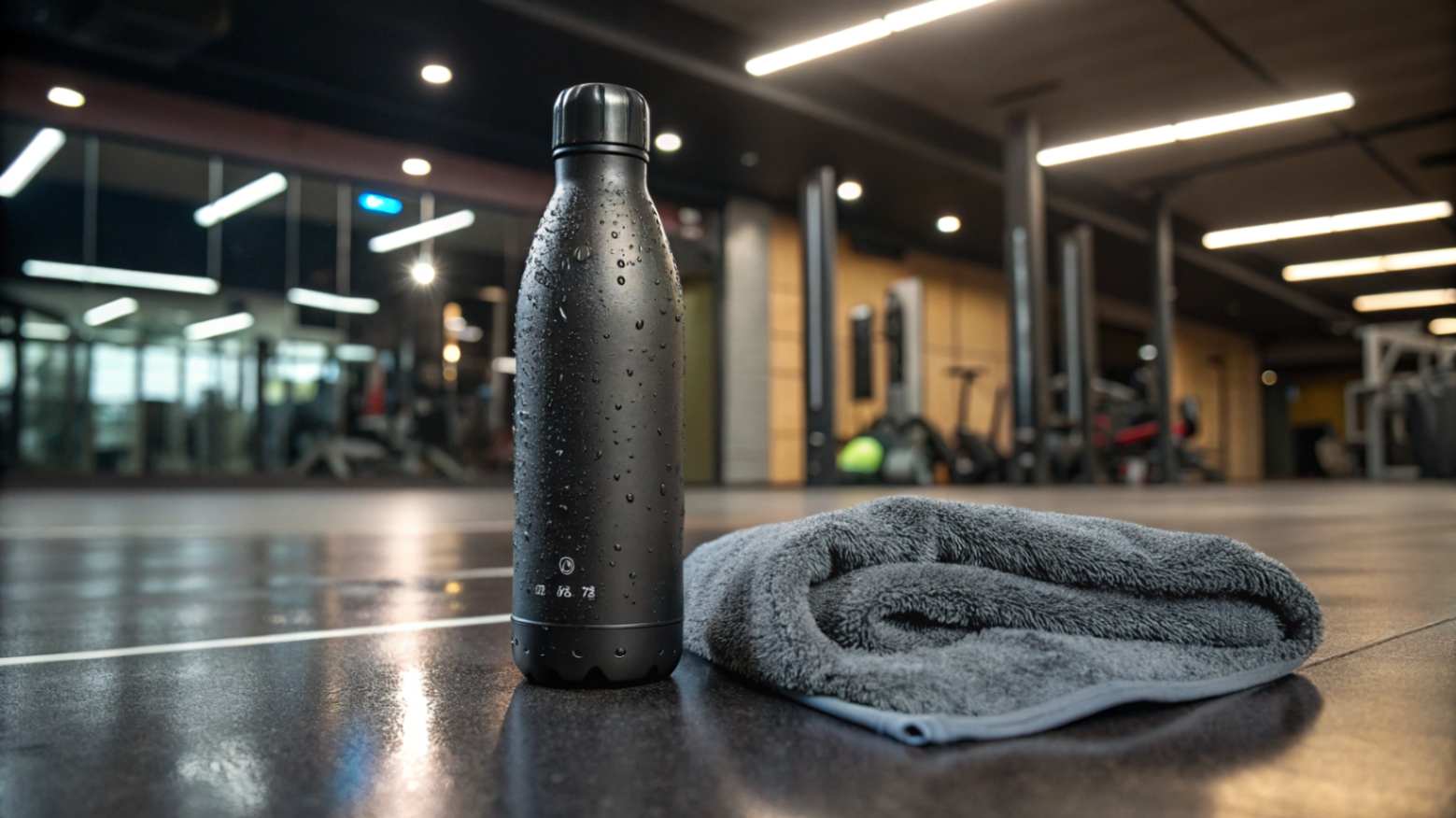
Designing the Perfect Gym Companion
When we developed our fitness line of bottles, we conducted extensive research with female gym-goers. Here's what we learned matters most:
Functional Features for Gym Environment
| Feature | Why It Matters | Our Design Solution |
|---|---|---|
| One-handed Operation | Allows drinking while using equipment | Flip spout or straw lid with secure lock |
| Leak-proof Design | Prevents damage to electronics and gym gear | Triple-seal technology with locking mechanism |
| Appropriate Size | Balances hydration needs with portability | 600ml capacity (fits standard cup holders) |
| Wide Mouth | Accommodates ice cubes and easy cleaning | 2.5" diameter opening with smooth interior |
| Carrying Method | Enables easy transport between stations | Integrated carry loop or removable strap |
Hygiene and Maintenance Considerations
Gym environments present unique challenges for water bottles. Our research showed that 78% of female gym users clean their bottles daily, so we prioritize:
- Dishwasher-safe components (where possible)
- Minimal crevices where bacteria can hide
- Removable lid components for thorough cleaning
- Stainless steel interior that resists odors and stains
- Wide mouth design that can be easily reached for hand washing
Aesthetic and Lifestyle Integration
The gym bottle isn't just functional equipment—it's also a style accessory. Our most successful designs feature:
- Slim profiles that fit easily in gym bags
- Trendy color options that coordinate with athletic wear
- Durable powder-coated finishes that resist fingerprints
- Minimalist, sophisticated designs that transition from gym to office
- Optional personalization features
I've noticed that bottles with these features not only perform better functionally but also enjoy significantly higher customer satisfaction and social media sharing—an important consideration for brands targeting this demographic.
The best water bottle for gym-goers has a leak-proof design and one-handed operation.True
The snippet highlights these as key features for the best water bottle for gym-goers.
The best water bottle for gym-goers is between 1-2 liters in size.False
The snippet states the ideal size is 500-750ml for portability, not 1-2 liters.
What are the disadvantages of a stainless steel water bottle
As a manufacturer, I believe in complete transparency about product limitations. While I'm a strong advocate for stainless steel bottles, they're not perfect for every situation.
The main disadvantages of stainless steel water bottles include their susceptibility to denting when dropped, heavier weight compared to plastic alternatives, higher initial cost, potential for metallic taste with lower quality products, and inability to see the remaining liquid level without opening.

Understanding the Limitations and Solutions
After producing millions of stainless steel bottles, I've heard every possible complaint. Here's a realistic assessment of the drawbacks and how we address them:
Physical Limitations and Durability Concerns
While stainless steel is generally durable, it has physical limitations:
| Disadvantage | Details | Potential Solutions |
|---|---|---|
| Susceptibility to Denting | Can dent when dropped on hard surfaces | Silicone sleeve protection, reinforced bottom design |
| Weight | Heavier than plastic (typical 750ml bottle: 300-400g) | Optimized wall thickness, lightweight lid designs |
| Temperature Conductivity | Uninsulated bottles transfer temperature to hands | Double-wall construction, silicone grip sections |
| Potential for Scratches | Especially on colored/painted finishes | Powder coating, textured finishes that hide scratches |
| No Visual Volume Indicator | Can't see remaining liquid without opening | Window strips (limited models), capacity markings inside |
Cost and Value Considerations
The higher upfront cost is often cited as a disadvantage:
- Initial purchase price 3-5x higher than basic plastic bottles
- Replacement parts (especially lids) can be expensive
- Premium features like vacuum insulation add to cost
However, I always emphasize the lifetime value calculation. A quality stainless steel bottle typically lasts 5+ years with proper care, making the per-use cost significantly lower than disposable options or cheaper bottles that need frequent replacement.
Maintenance Requirements
Stainless steel bottles do require some specific care:
- Not always suitable for dishwasher (especially insulated models)
- May need occasional deep cleaning to remove mineral buildup
- Some models require hand washing of components
- Vacuum insulation can be compromised if severely dented
Environmental Considerations
While stainless steel is generally eco-friendly compared to single-use plastics, there are environmental factors to consider:
- Energy-intensive initial production process
- Shipping weight increases carbon footprint
- Mixed materials (steel, plastics, silicone) can complicate end-of-life recycling
Despite these disadvantages, the benefits of durability, safety, performance, and reduced plastic waste typically outweigh these drawbacks for most users—which is why stainless steel continues to dominate the reusable water bottle market.
Stainless steel water bottles can dent and have a higher costTrue
The section states that stainless steel bottles are susceptible to denting and have a higher initial cost.
Stainless steel water bottles prevent metallic tastesFalse
The section states that lower quality stainless steel products can lead to a metallic taste.
Conclusion
Choosing the right stainless steel sports water bottle comes down to understanding material quality, insulation performance, lid functionality, and your specific needs. Focus on food-grade 304/316 steel, verified insulation, and thoughtful design for a bottle that delivers safety, performance, and value.



